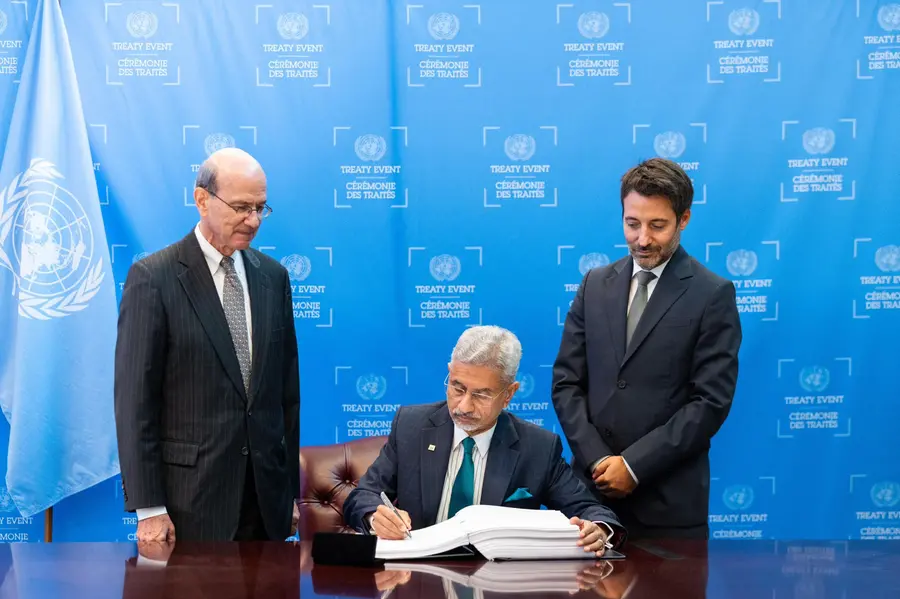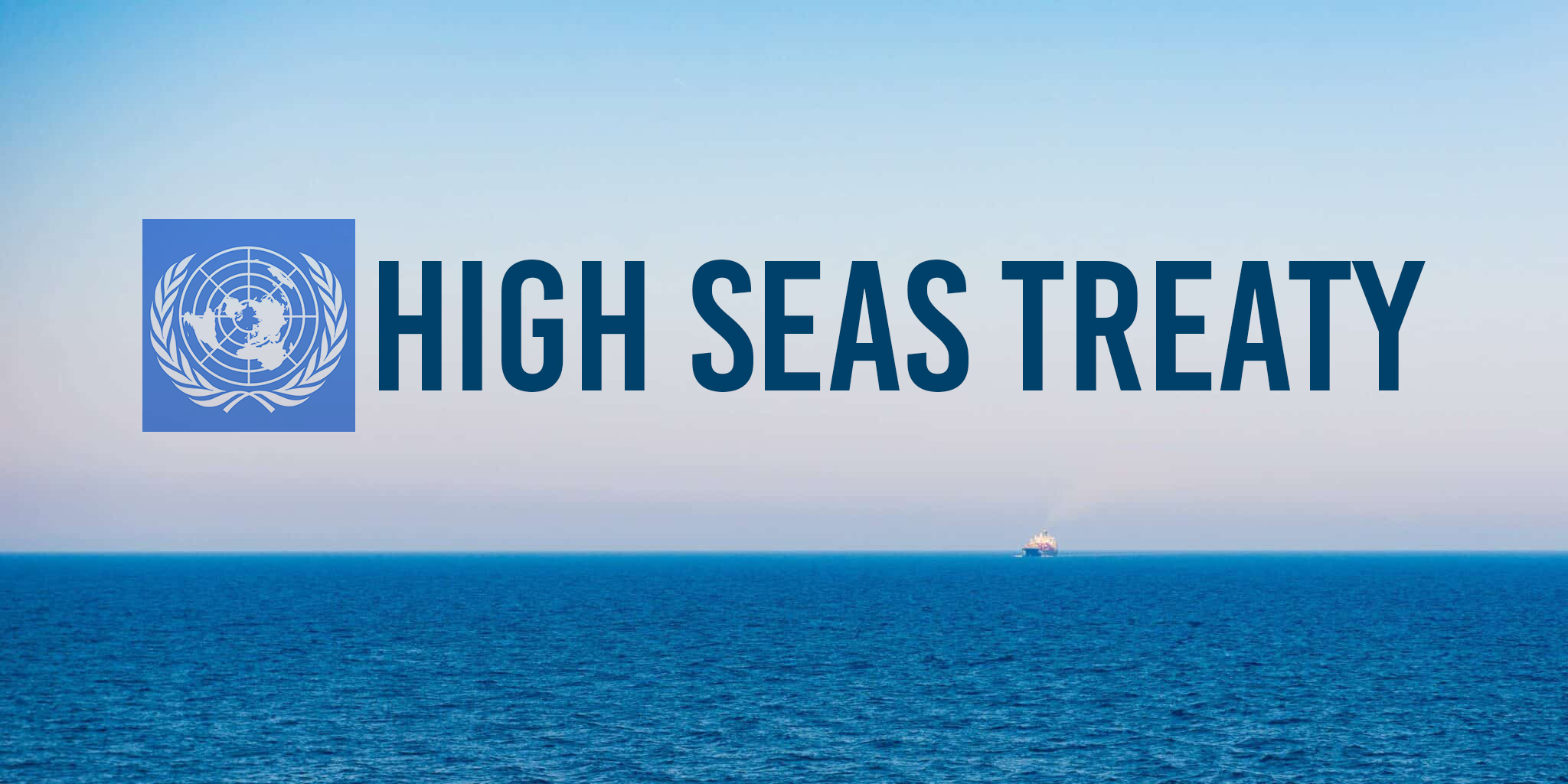What is the High Seas Treaty?
The High Seas Treaty, formally known as the Agreement on the Conservation and Sustainable Use of Marine Biological Diversity of Areas Beyond National Jurisdiction (BBNJ), is a landmark international legal instrument adopted under the framework of the United Nations Convention on the Law of the Sea (UNCLOS) in March 2023.
It is designed to address the urgent need to protect marine biodiversity in the high seas, which comprise nearly two-thirds of the world’s oceans and fall outside national jurisdiction.

Key Provisions of the Treaty
- Marine Protected Areas (MPAs): Allows for the creation of legally binding conservation zones in international waters to prevent overexploitation.
- Environmental Impact Assessments (EIAs):
Mandates thorough assessments before any human activity—like deep-sea mining or large-scale shipping—can take place. - Marine Genetic Resources (MGRs):
Ensures equitable sharing of benefits derived from biological material in the oceans, such as enzymes or genes useful for medicine and biotech. - Capacity Building & Technology Transfer:
Commits developed countries to assist developing nations in terms of scientific expertise, equipment, and data-sharing.
India’s Current Position
✅ India Signed the Treaty in September 2024
India officially signed the BBNJ Treaty at the United Nations in September 2024, signaling its support for global ocean governance and sustainable use of marine resources.
❌ India Has Not Ratified the Treaty Yet
As of mid-2025, India has not ratified the treaty. This means it is a signatory—bound to not act against the spirit of the treaty—but is not yet legally obligated to implement its provisions.
🔎 Why Has India Not Ratified the Treaty Yet?
- Domestic Legal Review
• India is currently assessing how the treaty’s obligations align with its existing environmental and maritime laws, such as:
• The Biological Diversity Act (2002)
• The Environment Protection Act (1986)
• The Wildlife Protection Act (1972)
• Amendments or new institutional frameworks may be required before ratification. - Institutional Readiness
• Implementing the treaty will require:
• Setting up mechanisms for marine impact assessments
• Establishing inter-ministerial coordination
• Creating bodies to oversee marine genetic resource sharing - Capacity and Equity Concerns
• India seeks assurance that developing nations will receive genuine access to marine technologies and a fair share of the benefits derived from marine resources.
• There is concern that, in practice, the system could be dominated by developed countries with advanced marine research capabilities. - Strategic and Economic Interests
• India has ongoing deep-sea exploration projects and aspirations under its Deep Ocean Mission.
• The government is carefully evaluating how the treaty might impact future access to mineral resources and freedom of navigation in high seas.
🌐 Global Context and Ratification Timeline
• The treaty requires 60 countries to ratify it to come into force. As of June 2025, 49 countries have ratified it. • The treaty remains open for signature until September 2025, and the goal is to bring it into effect by early 2026.
India has reiterated its support for the treaty’s objectives at international forums (including the 2025 UN Ocean Conference in Nice), but maintains that ratification will follow domestic preparedness.
Conclusion
India’s decision to sign the High Seas Treaty reflects its commitment to global marine conservation, but its delayed ratification is a result of deliberate legal, technical, and strategic considerations. As the world prepares to implement the BBNJ Treaty, India is likely to ratify it once its institutional and legal frameworks are aligned to meet its obligations in a manner consistent with national interests and development priorities.



